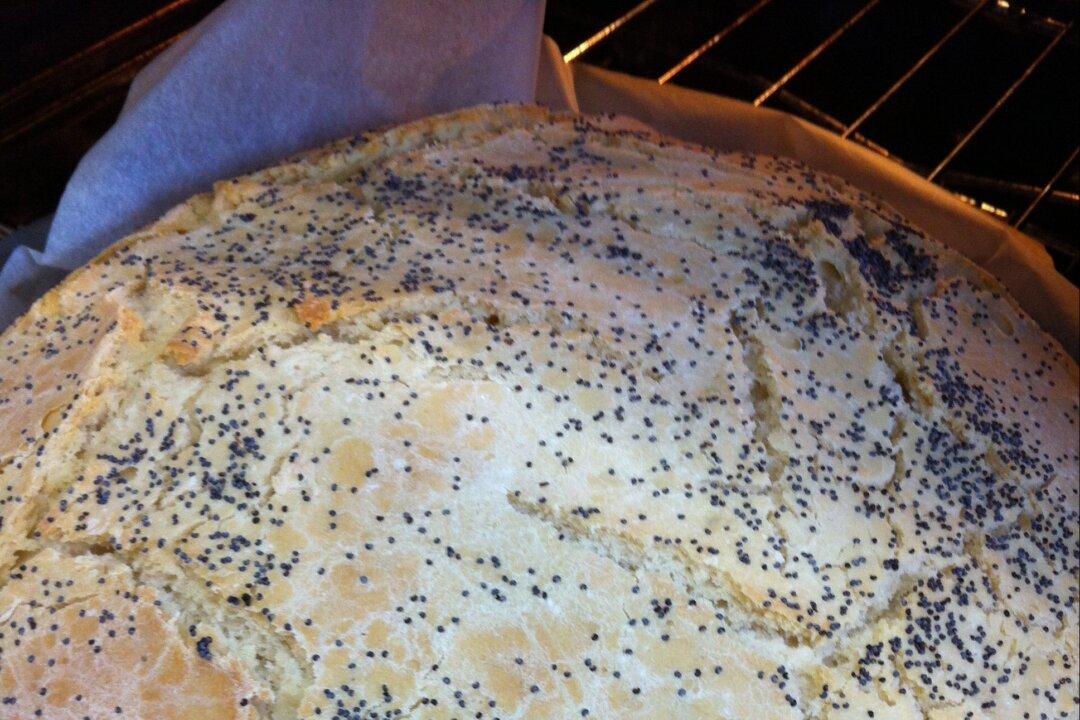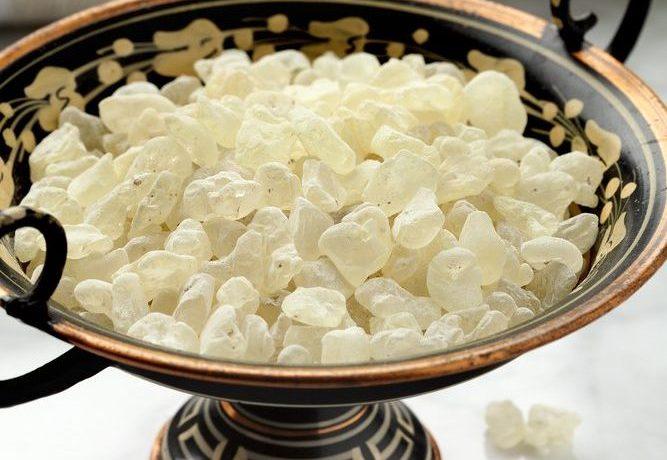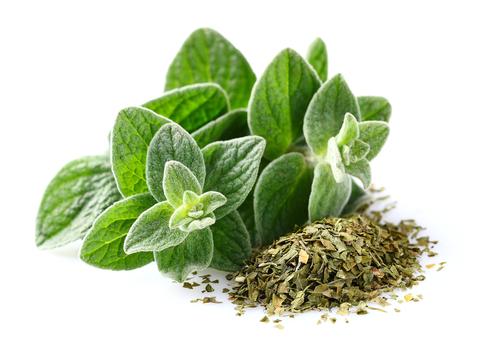Mastiha Bread
Let the bins be full and the dough always overflow the kneading trough. —Homer, EpigramsBread making was passed on by the Egyptians to Greeks, then the Greeks taught the Romans how to make it. The ancient Greeks considered bread making an early mark of civilization that lifted them above other people. The Romans grew to love Greek bread so highly that almost all the bakers in the entire Roman Empire were Greeks. The Greeks developed and mastered bread. They developed the techniques of separating the husks and other indelible parts of the grain from the nutritious kernel. They discovered which types of flours were suited for which breads, and they used all types of grains and made unleavened breads raised with a starter of baking powder called nitron (“natron”). They also had wine-based yeast from the fermentation of grapes.






